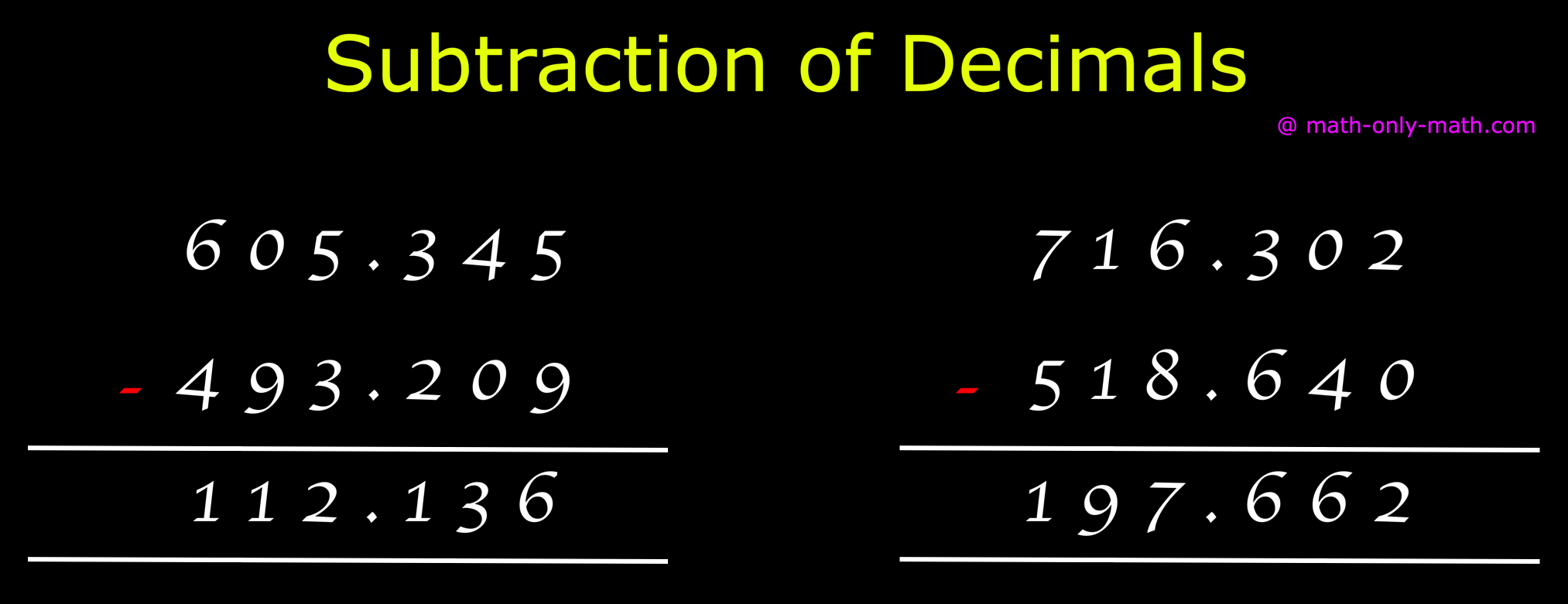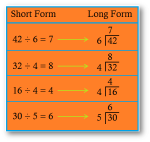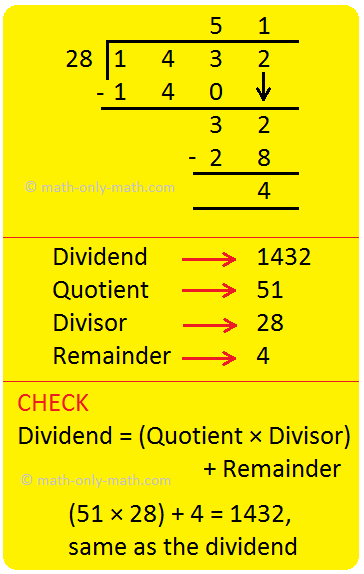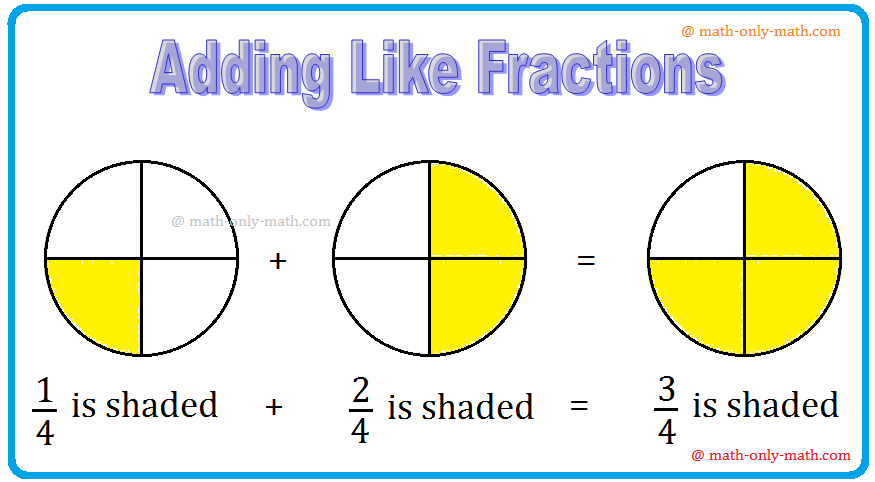H.C.F. and L.C.M. of Decimals
Steps to solve H.C.F. and L.C.M. of decimals:
Step I: Convert each of the decimals to like decimals.
Step II: Remove the decimal point and find the highest common factor and least common multiple as usual.
Step III: In the answer (highest common factor /least common multiple), put the decimal point as there are a number of decimal places in the like decimals.
Now we will follow the step-by-step explanation on how to calculate the highest common factor and the least common multiple of decimals.
Worked-out examples on H.C.F. and L.C.M. of decimals:
1. Find the H.C.F. and the L.C.M. of 1.20 and 22.5
Solution:
Given, 1.20 and 22.5
Converting each of the following decimals into like decimals we get;
1.20 and 22.50
Now, expressing each of the numbers without the decimals as the product of primes we get
120 = 2 × 2 × 2 × 3 × 5 = 23 × 3 × 5
2250 = 2 × 3 × 3 × 5 × 5 × 5 = 2 × 32 × 53
Now, H.C.F. of 120 and 2250 = 2 × 3 × 5 = 30
Therefore, the H.C.F. of 1.20 and 22.5 = 0.30 (taking 2 decimal places)
L.C.M. of 120 and 2250 = 23 × 32 × 53 = 9000
Therefore, L.C.M. of 1.20 and 22.5 = 90.00 (taking 2 decimal places)
2. Find the H.C.F. and the L.C.M. of 0.48, 0.72 and 0.108
Solution:
Given, 0.48, 0.72 and 0.108
Converting each of the following decimals into like decimals we get;
0.480, 0.720 and 0.108
Now, expressing each of the numbers without the decimals as the product of primes we get
480 = 2 × 2 × 2 × 2 × 2 × 3 × 5 = 25 × 3 × 5720 = 2 × 2 × 2 × 2 × 3 × 3 × 5 = 24 × 32 × 5
108 = 2 × 2 × 3 × 3 × 3 = 22 × 33
Now, H.C.F. of 480, 720 and 108 = 22 × 3 = 12
Therefore, the H.C.F. of 0.48, 0.72 and 0.108 = 0.012 (taking 3 decimal places)
L.C.M. of 480, 720 and 108 = 25 × 33 × 5 = 4320
Therefore, L.C.M. of 0.48, 0.72, 0.108 = 4.32 (taking 3 decimal places)
3. Find the H.C.F. and the L.C.M. of 0.6, 1.5, 0.18 and 3.6
Solution:
Given, 0.6, 1.5, 0.18 and 3.6
Converting each of the following decimals into like decimals we get;
0.60, 1.50, 0.18 and 3.60
Now, expressing each of the numbers without the decimals as the product of primes we get
60 = 2 × 2 × 3 × 5 = 22 × 3 × 5150 = 2 × 3 × 5 × 5 = 2 × 3 × 52
18 = 2 × 3 × 3 = 2 × 32
360 = 2 × 2 × 2 × 3 × 3 × 5 = 23 × 32 × 5
Now, H.C.F. of 60, 150, 18 and 360 = 2 × 3 = 6
Therefore, the H.C.F. of 0.6, 1.5, 0.18 and 3.6 = 0.06 (taking 2 decimal places)
L.C.M. of 60, 150, 18 and 360 = 23 × 32 × 52 = 1800
Therefore, L.C.M. of 0.6, 1.5, 0.18 and 3.6 = 18.00 (taking 2 decimal places)
● Related Concept
● Decimals
● Conversion of Unlike Decimals to Like Decimals
● Decimal and Fractional Expansion
● Converting Decimals to Fractions
● Converting Fractions to Decimals
● H.C.F. and L.C.M. of Decimals
● Repeating or Recurring Decimal
● BODMAS/PEMDAS Rules - Involving Decimals
● PEMDAS Rules - Involving Integers
● PEMDAS Rules - Involving Decimals
● BODMAS Rules - Involving Integers
● Conversion of Pure Recurring Decimal into Vulgar Fraction
● Conversion of Mixed Recurring Decimals into Vulgar Fractions
● Rounding Decimals to the Nearest Whole Number
● Rounding Decimals to the Nearest Tenths
● Rounding Decimals to the Nearest Hundredths
● Simplify Decimals Involving Addition and Subtraction Decimals
● Multiplying Decimal by a Decimal Number
● Multiplying Decimal by a Whole Number
● Dividing Decimal by a Whole Number
● Dividing Decimal by a Decimal Number
7th Grade Math Problems
From H.C.F. and L.C.M. of Decimals to HOME PAGE
Didn't find what you were looking for? Or want to know more information about Math Only Math. Use this Google Search to find what you need.
Recent Articles
-
Subtraction of Decimals | Subtracting Decimals | Decimal Subtraction
Apr 24, 25 03:25 PM
We will discuss here about the subtraction of decimals. Decimals are subtracted in the same way as we subtract ordinary numbers. We arrange the digits in columns -
How to Do Long Division? | Method | Steps | Examples | Worksheets |Ans
Apr 24, 25 10:18 AM
As we know that the division is to distribute a given value or quantity into groups having equal values. In long division, values at the individual place (Thousands, Hundreds, Tens, Ones) are dividend… -
Division by Two-Digit Numbers | Knowledge of Estimation | Division
Apr 24, 25 10:12 AM
In division by two-digit numbers we will practice dividing two, three, four and five digits by two-digit numbers. Consider the following examples on division by two-digit numbers: Let us use our knowl… -
Addition of Decimals | How to Add Decimals? | Adding Decimals|Addition
Apr 24, 25 01:45 AM
We will discuss here about the addition of decimals. Decimals are added in the same way as we add ordinary numbers. We arrange the digits in columns and then add as required. Let us consider some -
Addition of Like Fractions | Examples | Videos | Worksheet | Fractions
Apr 23, 25 09:23 AM
To add two or more like fractions we simplify add their numerators. The denominator remains same. Thus, to add the fractions with the same denominator, we simply add their numerators and write the com…






New! Comments
Have your say about what you just read! Leave me a comment in the box below. Ask a Question or Answer a Question.